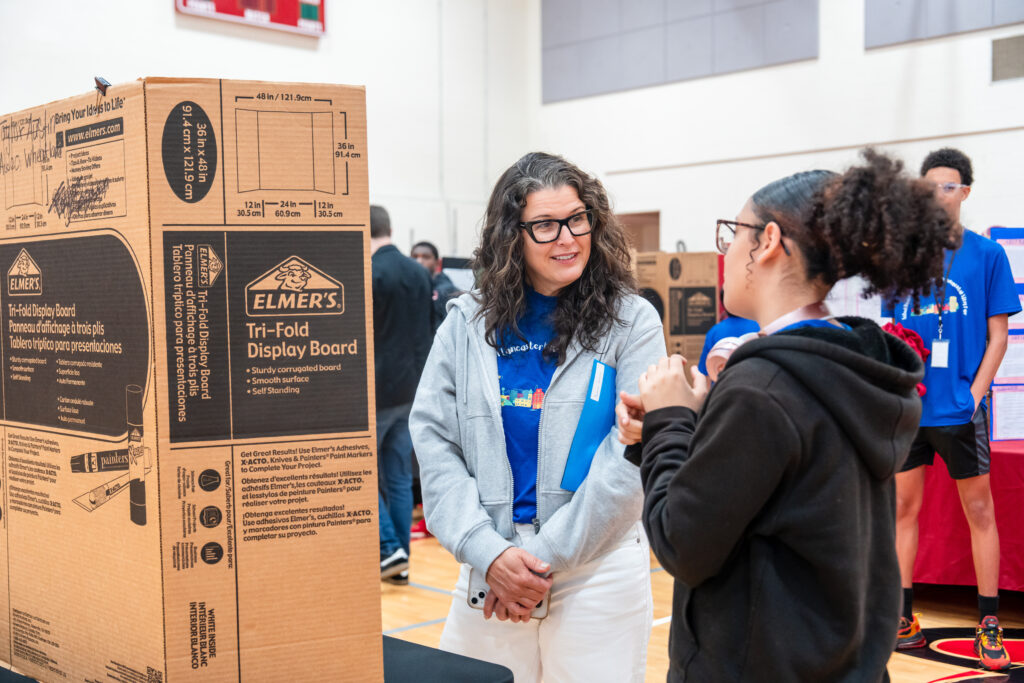
We know that learning is most meaningful when it’s rooted in real life, when students are asked not only to understand their world, but to engage with it. That’s the heart behind the 2nd Annual Environmental STEM Fair, hosted by the School District of Lancaster in partnership with Mayor Danene Sorace and the City of Lancaster.
Held at McCaskey High School, this year’s fair brought together students from kindergarten through 12th grade for a shared mission: to research and present ideas that could address some of the most pressing environmental issues facing Lancaster City today. Whether they were exploring how bacteria affects plant growth or engineering solar-powered solutions, these students were offering pathways forward.
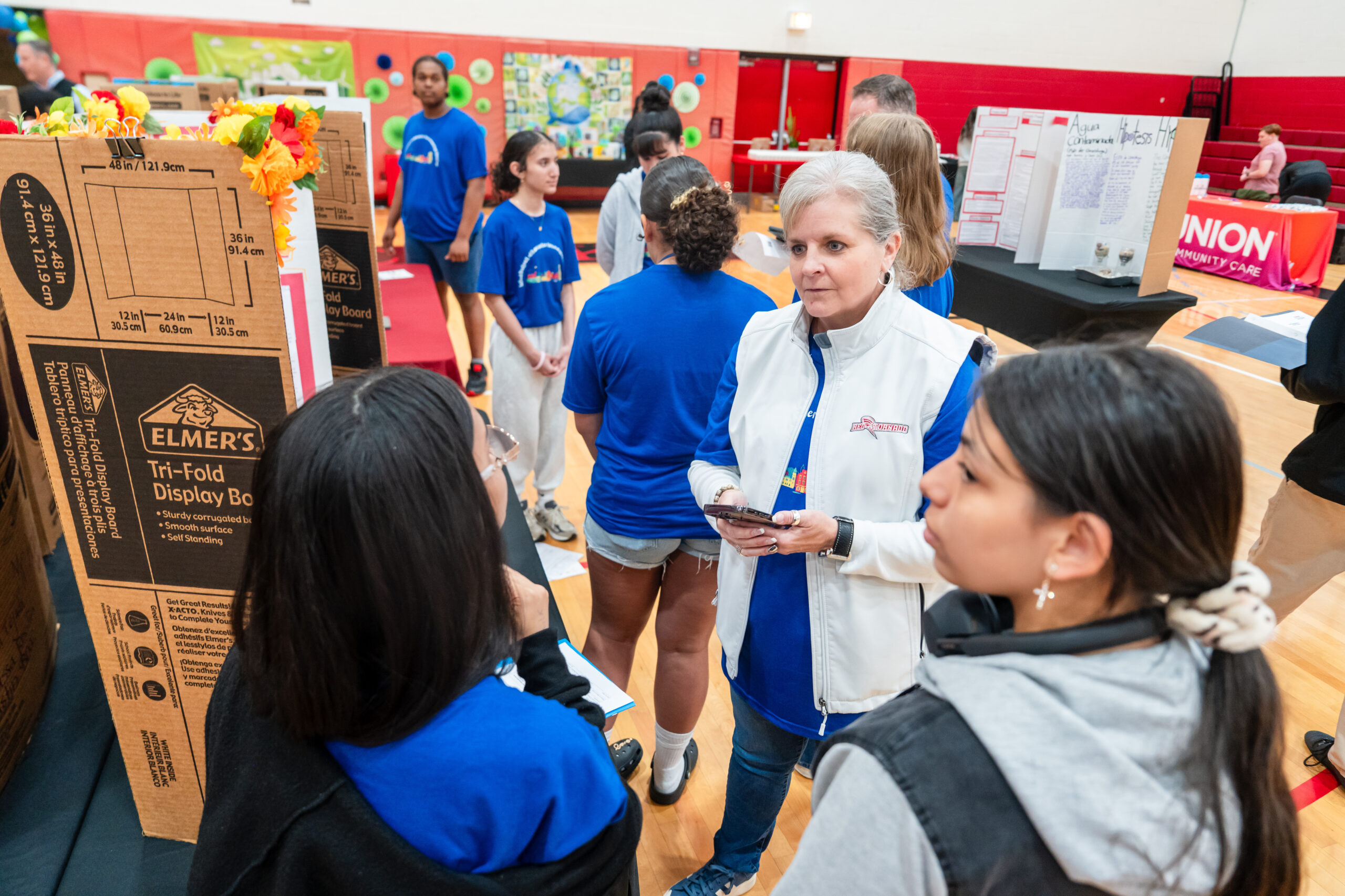
The fair was structured intentionally. Each grade band K–2, 3–5, middle, and high school was presented with developmentally appropriate topics aligned with real-world challenges: PFAs (per- and polyfluoroalkyl substances) in drinking water, the effects of air quality, lead poisoning in consumer products, and more. From there, students were given the freedom to investigate, build, and imagine. They worked independently, in pairs, and in teams to bring their ideas to life with guidance from teachers and support from community mentors.
Christina Ortega, Instructional Program Manager of Elem. Math and Science, spoke about the importance of relevance in science education. “We want our students to see that science is not abstract. It’s here, in their neighborhoods, in their homes, in their schools. The more they see that connection, the more empowered they become to think critically and take action.”
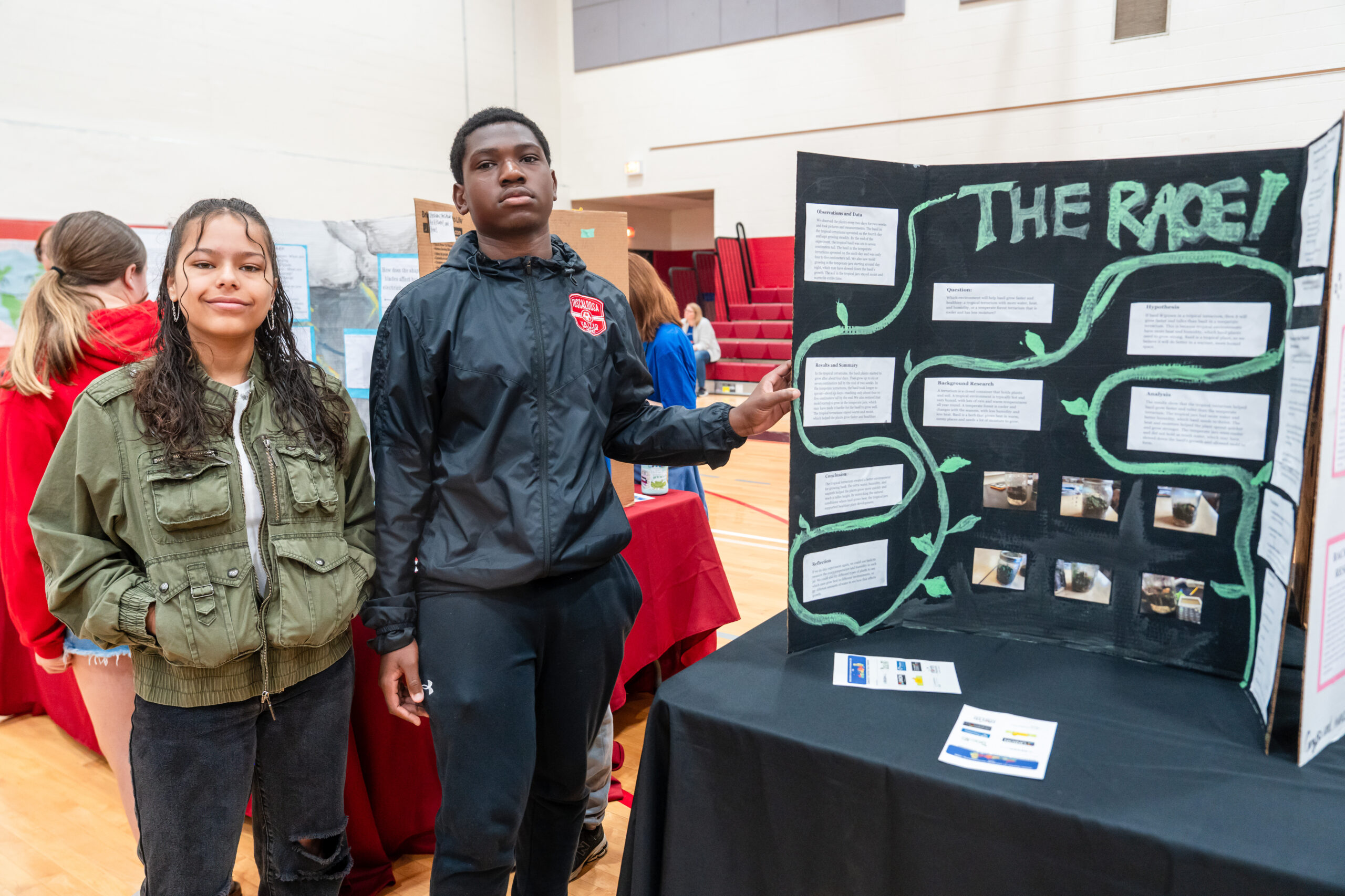
That sense of ownership and purpose was evident in every hallway and display table. From the youngest learners to high school innovators, students brought their energy and curiosity into each presentation.
This year’s winning projects reflect the diversity of ideas and approaches across grade levels:
Elementary School – Wharton Elementary
-
Individual Winner: Rocco Ramirez
Rocco focused on a highly local issue: preventing rainwater from entering storm drains. His project included a creative look at infrastructure and runoff, with visual aids and models that demonstrated possible solutions to manage excess water and reduce flooding.
-
Group Winners: Mae Farina & Shiloh Snook
Mae and Shiloh tackled a fascinating challenge: how to harvest fog for drinking water. Using global examples from places like Peru and Eritrea as inspiration, they proposed methods to adapt fog-harvesting techniques to Lancaster’s climate, showing how creative thinking can address water scarcity in unexpected ways.
Middle School – Wheatland Middle School
-
Individual Winner: Saurab Ghimire
Saurab examined the question “How does pollution affect plants?” through direct experimentation. His findings demonstrated the tangible effects of pollutants on plant health, linking the science to broader ecological concerns and food systems.
-
Group Winners: Nataly Candelaria & Genesis Torres
Nataly and Genesis researched how bacteria impacts plant growth, comparing different bacteria strains and their effects on root development. Their methodical approach and scientific accuracy stood out, demonstrating a deep understanding of microbiology in relation to agriculture and sustainability.
High School – McCaskey Campus
-
Group Winners: Kai Unwin-Wisnosky, Cal Clappet, Benjamin Gillespie
Their project, “Tornado Power”, reimagined school event operations by designing a solar-powered concession bike for McCaskey. Blending engineering, sustainability, and design, the students created a working prototype with potential real-life applications. The bike was built to be mobile, efficient, and powered by clean energy, reflecting thoughtful integration of renewable technology into daily life.
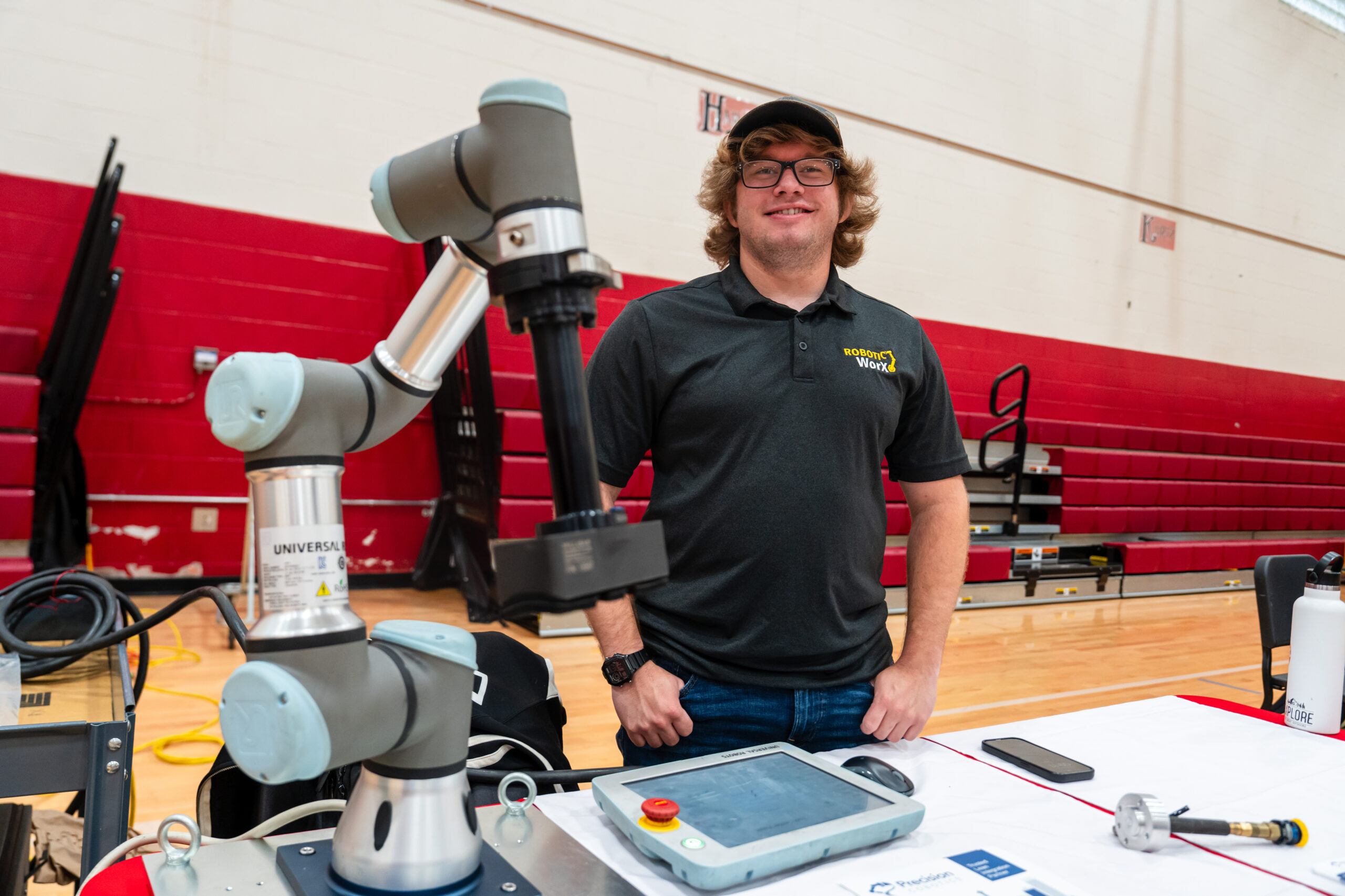
Throughout the fair, students were able to interact with community partners and professionals working in science, environmental justice, public health, and green engineering. These connections are crucial. They allow students to envision how the ideas they’re exploring now can grow into careers, businesses, and future projects that shape the city.
Behind every board display and student explanation was a network of educators, families, and partners who helped bring this event to life. Planning for the fair began months ago and included input from multiple departments across the district. It was a coordinated effort not just to organize a one-day event, but to shift how students see themselves as learners, thinkers, and future changemakers.
We’re proud of every student who participated, and we hope they walked away with something lasting: a deeper sense of purpose, confidence in their creativity, and an understanding that their ideas can make a difference not someday, but right now. For more photos, visit us on Facebook.



